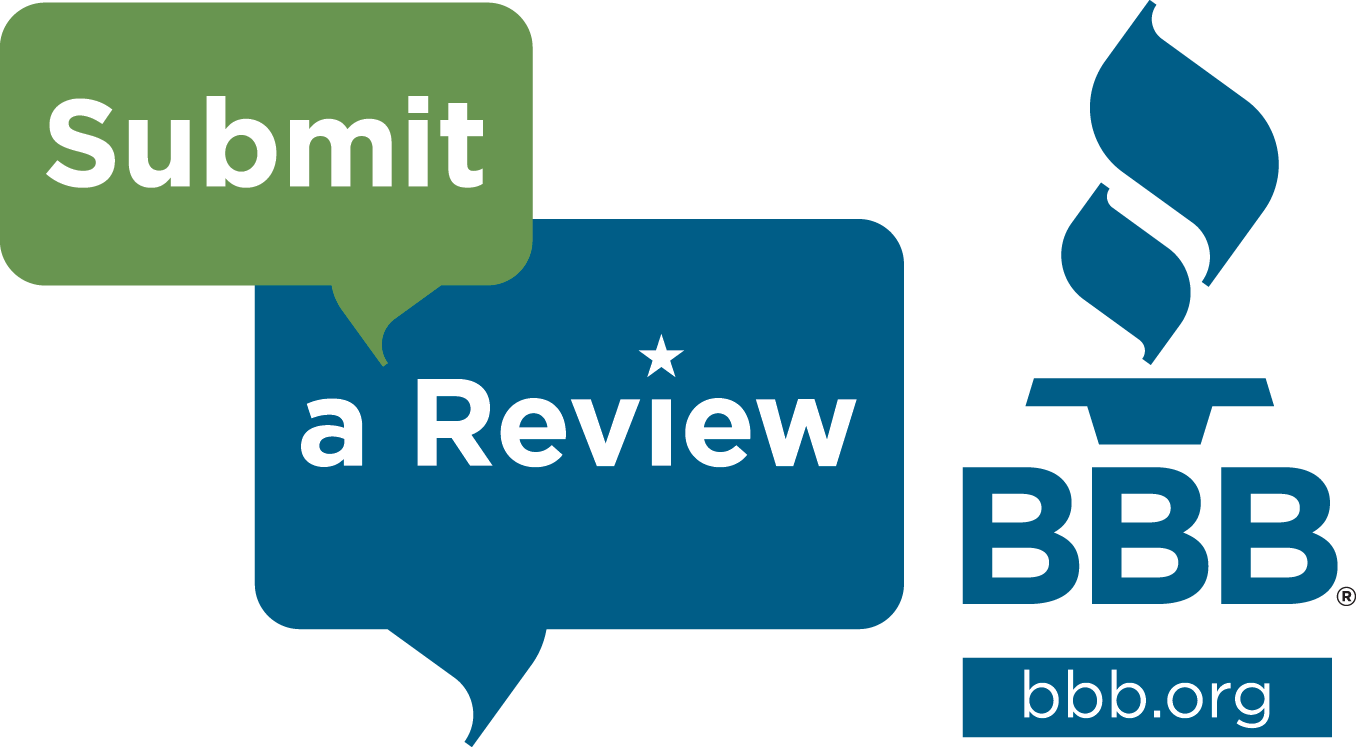Mortgage 101: Understanding Mortgage Points

What are mortgage points?
Anyone who has ever shopped for a mortgage has likely heard about mortgage points. Mortgage points describe certain closing costs charged by the lender. There are two kinds of mortgage points: discount points and origination points. In both cases, a point is equal to 1% of the loan amount. For example, on a $150,000 home, one point is equal to $1,500.
Discount Points
Discount points are paid at closing to get a better interest rate on your loan. They are considered prepaid interest and are tax deductible. The more points you pay, the lower the interest rate on your mortgage. Borrowers typically pay anywhere from zero to 3 discount points, depending on how much they want to lower their rates. Buying discount points is a good strategy if you plan to keep your loan for many years, but may not make sense if you plan to refinance or sell your home within a few years.
Origination Points
Origination points are used to pay for the costs of obtaining the loan, known as the loan origination fee. The origination fee will appear as a percentage of the loan amount. For example, if they charge you 2 points on a $200,000 loan, this will cost you $4,000 at closing. The fee may be in addition to other lender costs, or a lump sum that covers all of their costs. For example, you might be charged one mortgage point plus a loan processing fee, or you may just be charged two points and no other lender fees.













